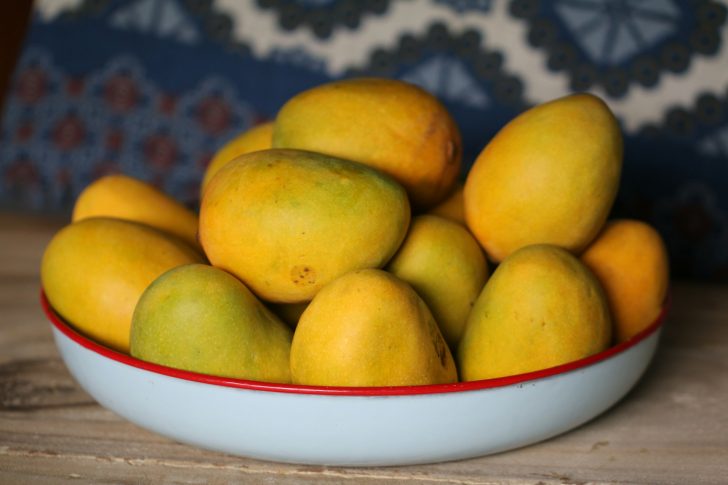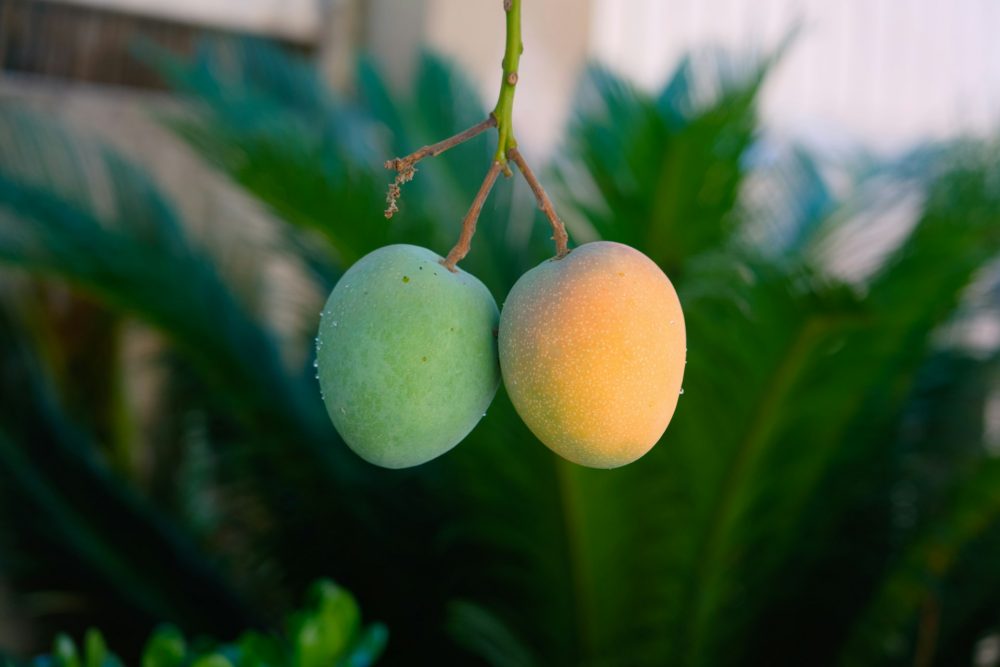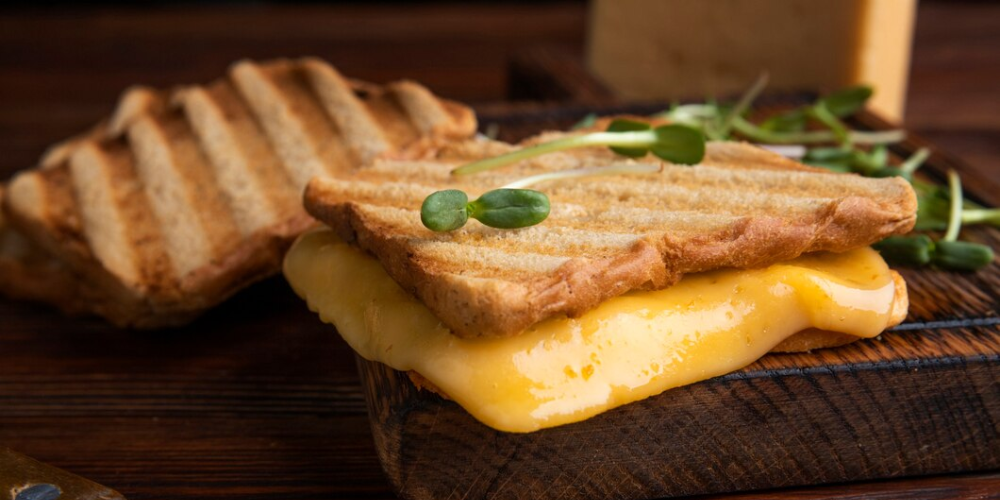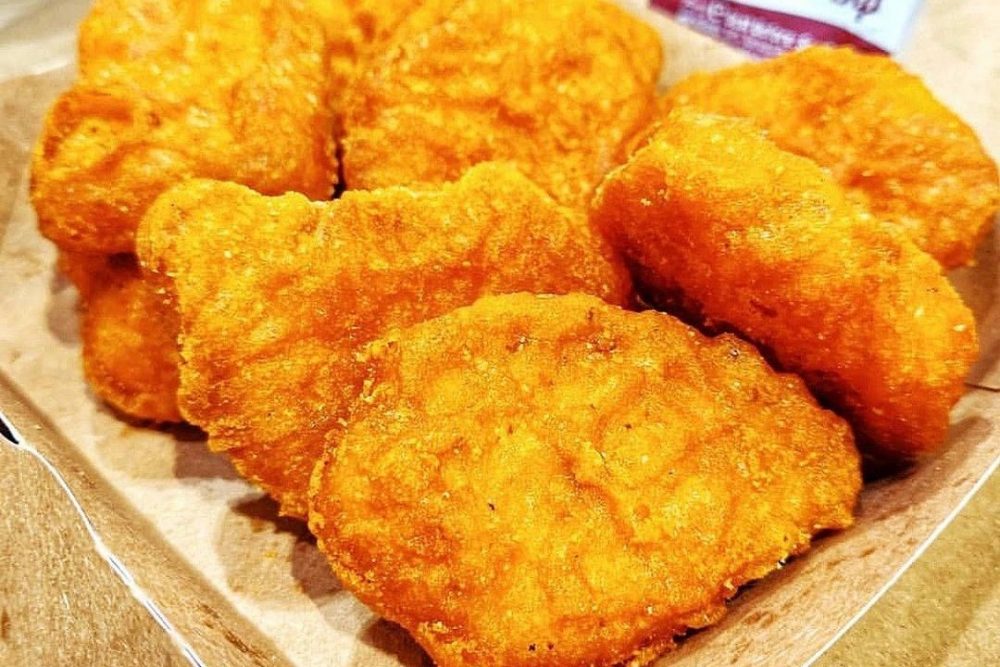Mangoes are one of the most widely eaten fruits on the planet. They grow on tall, tropical trees that thrive in hot, humid weather. From India to Mexico to Hawaii, these trees produce dozens of varieties. Some mangoes are small and buttery, others are large and fibrous, but all of them need time.
Essentially, mangoes grow during warm seasons and ripen after they are picked. That is key. Mangoes are climacteric, meaning they continue to ripen off the tree.
So, even if you buy one that is still hard, it can turn soft and juicy in a day or two. But to enjoy it at its best, you have got to know how to pick it right.
Don’t Let the Color Fool You
Different types of mangoes ripen in different shades. Tommy Atkins mangoes often stay red-green. Ataulfos turn bright yellow. Keitts might stay green even when they are perfect inside.

Pedro / Pexels / A ripe mango should feel soft but not squishy. If it is hard, it needs more time. And if it is too soft, it has gone too far.
Chef Francisco Vargas, executive sous chef at Hawaii’s Kona Village, sees this mistake all the time. Tourists grab the reddest mango they see, thinking it is ready. But red doesn’t mean ripe.
That is why he tells people to ignore what the fruit looks like and rely on two things: Touch and smell.
Use Your Palm, Not Your Eyes
Hold the mango in your palm and give it a gentle squeeze. Don’t jab it with your fingers. Just apply even pressure like you would with an avocado. The best way to pick a ripe mango is to find one that gives a little.
Chef Vargas has handled thousands of mangoes. He compares the feel to that of a ripe peach or avocado. Slight give means sugar has built up, and the flesh is juicy. No give means it is still starchy and flat. I
Smell the Mango
After the squeeze, bring the mango up to your nose. Smell around the stem end. That is where the scent will hit strongest. Ripe mangoes give off a rich, fruity aroma, kind of like melon, citrus, and flowers all mixed together. That is your green light.

Hotch / Unsplash / In a bag, a mango can ripen in one or two days. Outside the bag, it might take three or four. Don’t stick it in the fridge too early.
Chef Vargas says ‘under-ripe’ mangoes smell like nothing. Some even have a green or grassy scent. Overripe ones? They smell sour or fermented. Trust your sense of smell. It rarely lies when it comes to mangoes.
You Can Ripen Mangoes at Home!
Sometimes, the perfect mango doesn’t exist at the store. That is fine. You can ripen it yourself. Just leave it out at room temperature. Mangoes ripen best in the open air, and warmer temperatures help speed things up. Chef Vargas recommends putting the mango in a paper bag to trap ethylene gas, which makes the process go faster.
Cold air stops the ripening process. This is great for storing ripe mangoes, but it is bad if they are still hard.
The moment your mango hits peak ripeness (soft feel, sweet smell), get it in the fridge. The cold will pause ripening and buy you a few more days. Chef Vargas says a ripe mango lasts about five days in the fridge before it starts breaking down. After that, it turns stringy, mushy, and sour.
So, when in doubt, pick a little early and ripen at home. That way, you can control the timing and avoid waste. Mangoes have a short window when they are perfect, so treat them like avocados.



